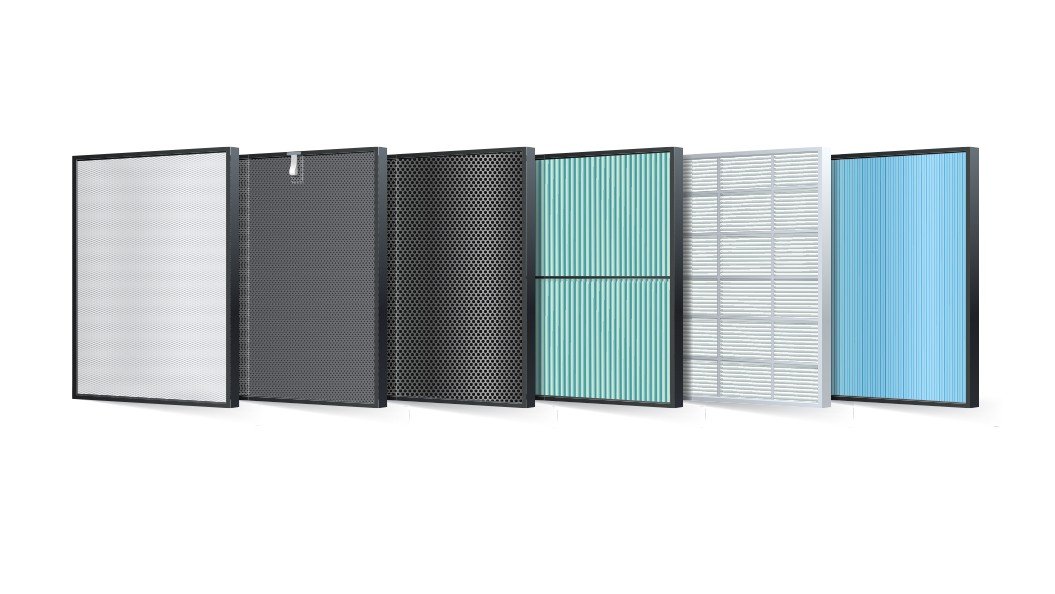Air filters play a crucial role in improving indoor air quality, especially for those suffering from allergies. Allergens like dust mites, pollen, pet dander, and mold spores can trigger uncomfortable symptoms, making everyday life challenging. By using air filters for allergies, you can significantly reduce the presence of these irritants in your home, allowing you and your loved ones to breathe easier.
Understanding how air filters work is essential for selecting the right one for your needs. Most air filters use a process known as HEPA (High-Efficiency Particulate Air) filtration, which captures at least 99.97% of particles that are 0.3 microns in size. This capability makes them highly effective in trapping allergens, providing cleaner air in your living spaces. It’s important to choose air filters with a high MERV (Minimum Efficiency Reporting Value) rating, as this indicates their efficiency in filtering out smaller particles.
In addition to conventional air filters, there are also specialized options designed specifically for allergies. Some filter systems include activated carbon, which helps reduce odors caused by pets, cooking, or smoke. Portable air purifiers can be strategically placed in bedrooms or living areas to target specific allergy concerns. By understanding these different types of air filters for allergies, you can make informed decisions to enhance your home environment.
Regular maintenance of your air filters is another aspect to consider. Filters need to be replaced or cleaned periodically to maintain their effectiveness. Clogged filters can worsen air quality instead of improving it, potentially exacerbating allergy symptoms. Staying proactive about air filter maintenance ensures that your home remains a safe haven for those allergic to various indoor pollutants.
How Air Filters Enhance Breathing
Clean air is essential for maintaining good health, especially for those suffering from allergies. Air filters for allergies play a crucial role in enhancing the quality of the air we breathe, making our environments healthier and more comfortable. These filters work by trapping harmful particles, such as dust, pollen, pet dander, and other allergens, ensuring that the air circulating in our homes and offices is as pure as possible.
The science behind air filters is straightforward. Most air filters use materials that capture and hold particles as air passes through them. High-Efficiency Particulate Air (HEPA) filters are particularly effective, as they can trap up to 99.97% of particles that are 0.3 microns in size. This means that not only are larger allergens filtered out, but even tiny particles that can exacerbate respiratory problems are removed, leading to a noticeable improvement in breathing quality.
By installing air filters for allergies, individuals can significantly reduce the triggers that cause allergic reactions. When the air is free from allergens, it leads to fewer sneezing fits, reduced itchy eyes, and better overall respiratory health. This is especially beneficial for people with chronic conditions like asthma, where clean air can minimize symptoms and improve lung function, allowing for a more active lifestyle.
Using air filters for allergies is not just about immediate relief; it's also about long-term health benefits. Cleaner indoor air contributes to overall wellness and can help prevent the development of respiratory issues. Investing in quality air filtering systems is thus an investment in your health, ensuring that every breath you take is clean and refreshing.
Choosing the Right Air Filter
When selecting an air filter, check the MERV (Minimum Efficiency Reporting Value) rating. A higher MERV rating indicates better filtration capabilities. For allergies, look for filters with a MERV rating of at least 7. This will ensure that your air filter can effectively capture common allergens. Additionally, consider the type of filter best suited for your needs, whether it’s a HEPA filter, which can trap particles as small as 0.3 microns, or a pleated filter that balances cost and performance.
Another important factor is the frequency of replacement. Some air filters need to be replaced every month, while others can last up to six months. Regularly changing your filters is crucial for maintaining good air quality. It's also a great idea to set reminders so that you won’t forget to swap them out. This simple maintenance can enhance the effectiveness of air filters for allergies and keep your living space comfortable.
Lastly, consider additional features that might enhance your air filtration system. Some filters come with activated carbon layers that help eliminate odors, while others may include antimicrobial properties to reduce the growth of mold and bacteria. By combining these features, you can create an environment that isn’t just allergy-friendly, but also fresher and healthier overall.
Maintaining Your Air Filter for Best Results
To get the most out of your air filters for allergies, it's essential to maintain them properly. Regular maintenance ensures that your air filter functions at its best, keeping your home free from allergens and pollutants. Start by checking your filter every month, as dust and particles can accumulate quickly, especially during allergy season.
Cleaning or replacing your air filter as needed is crucial. Many filters are designed to last for several months, but some may need to be changed more frequently, particularly if you have pets or live in a dusty environment. Refer to the manufacturer's instructions for specifics, but generally, a good rule of thumb is to replace or clean your filter every 1 to 3 months for optimal performance.
Another important aspect of maintaining air filters for allergies is ensuring they are installed correctly. A poorly installed filter can allow allergens to pass through and diminish the effectiveness of your air filtration system. Make sure to follow the installation guidelines and check that the filter fits snugly in its slot to prevent any gaps that could compromise air quality.
Lastly, remember to clean the area around your air filter. Dust and debris can build up in the surrounding space and make their way back into your home’s air once the filter is operational. A clean filter combined with a tidy environment will help create the healthiest living space possible, significantly improving your ability to breathe easy and enjoy your home.
